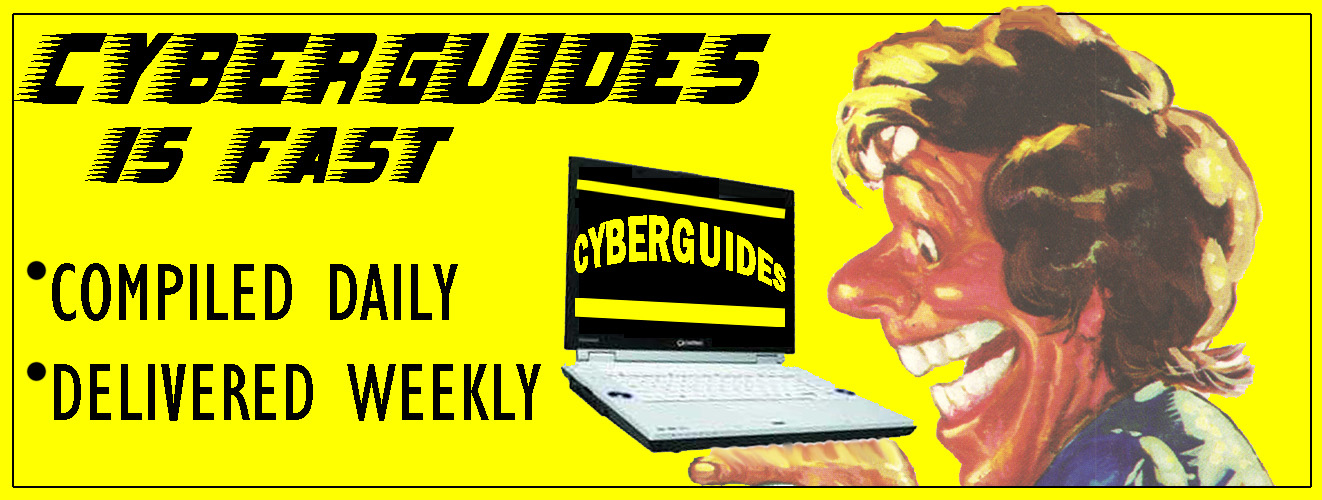

 Ask “Mr. Music”
Ask “Mr. Music” 
 Jerry Osborne
Jerry Osborne 

 FOR THE WEEK OF MARCH 17, 2003
FOR THE WEEK OF MARCH 17, 2003DEAR JERRY: Among my many oldies but goodies is an instrumental with the unlikely title of “Nut Rocker.” The band is shown as B. Bumble and the Stingers.
Many years after the record came out, I read where the piano lead is really played by Ernie Freeman, the same man who had the hit instrumental “Raunchy.”
Since “Raunchy” features primarily a sax and guitar, is he really the pianist on “Nut Rocker”?
—Brett Flanagan, Lancaster, Pa.
DEAR BRETT: No he is not, though there is an element of truth in what you read. Ernie “Raunchy” Freeman did play piano on several B. Bumble and the Stingers tracks, it's just that “Nut Rocker” is not one of them.
When it became known that Ernie Freeman would not be able to work the session that produced “Nut Rocker,” Rendezvous Records' top dog, Rod Price, called upon well-known producer-songwriter, Al Hazan.
No one can relate this event better than Mr. Hazan himself, who picks up the story one morning in early 1962:
“When I arrived at the studio, I was given a recording of what Rod wanted me to play. I sat down with a portable record player next to the piano and began to learn the piece I later learned was titled “Nut Rocker.
“I only had a half-hour to learn the song and I was still trying [to get it right] when they made the record. We did it in one take!
“I wasn't happy with my performance on that take and asked to do it again, but they felt it was fine the way it was. I disagreed. I hadn't yet gotten the feel of when I was supposed to come in after the guitar.
“Rene Hall, the guitar player, had to nod his head to let me know when to come back with the Chopin bass part.
“To get a better sound for the record, we put thumbtacks on the hammers of the piano. It gave a rinky-dink effect. And I remember my finger was bleeding from the run up the keyboard at the end of the record.
“The next thing I knew, I was hearing it on the radio.
“Nut Rocker went on to sell millions of copies, even reaching No. 1 in England. It is even used in the 1997 film “The Butcher Boy” and the 2000 film “Big Momma's House.” Al — known these days as Dr. Hazan — now holds a doctorate in Psychology. He maintains a successful practice in the Hollywood Hills.
One can't help but wonder if his office had a rocking chair for patients, instead of the traditional sofa, would that chair be named Nut Rocker?

I see from the credits that Buddy is accompanied on four tracks by the Three Tunes. Do you have any idea who this trio is? Might they be the same guys who later became known as the Crickets?
—Mark Froehlich, Darien, Ill.
DEAR MARK: All but one of the tracks on Buddy's first LP, “That'll Be the Day” (Decca DL-8707), issued in 1956, are on that 1967 Vocalion reissue. The one dropped is “Ting-a-Ling.”
At the time, Vocalion was in the Decca family of labels, as was Brunswick, which had the Crickets issues. Vocalion albums were usually low budget repackages of earlier Decca product.
You're right about the Three Tunes evolving into the Crickets. In July 1956, Buddy's Three Tunes included Sonny Curtis, Jerry Allison, and Don Guess. By early '57, the personnel changed to Jerry Allison, Niki Sullivan, and Larry Welborn. That's when they became the Crickets.
Crickets came and went, but the core trio would be Jerry Allison, Niki Sullivan, and Joe B. Mauldin.



IZ ZAT SO? It would not likely happen again with any artist, but in the '50s and '60s, Buddy Holly recordings came out credited at least five different ways: Buddy Holly; Buddy Holly and the Three Tunes; The Crickets; The Crickets Featuring Buddy Holly; and Buddy Holly and the Crickets.



